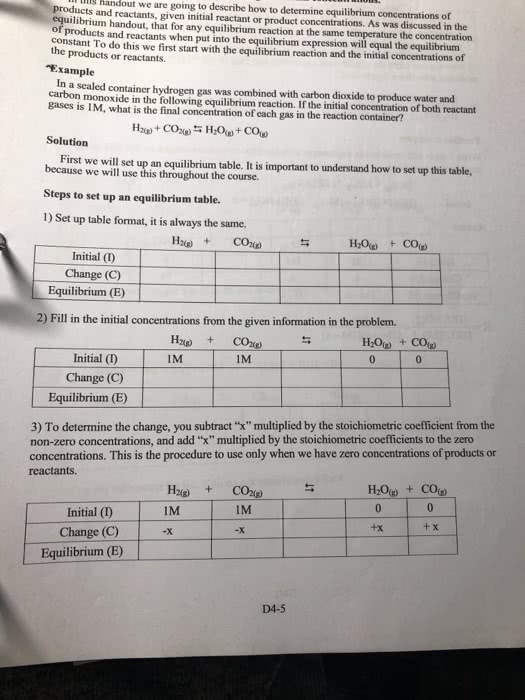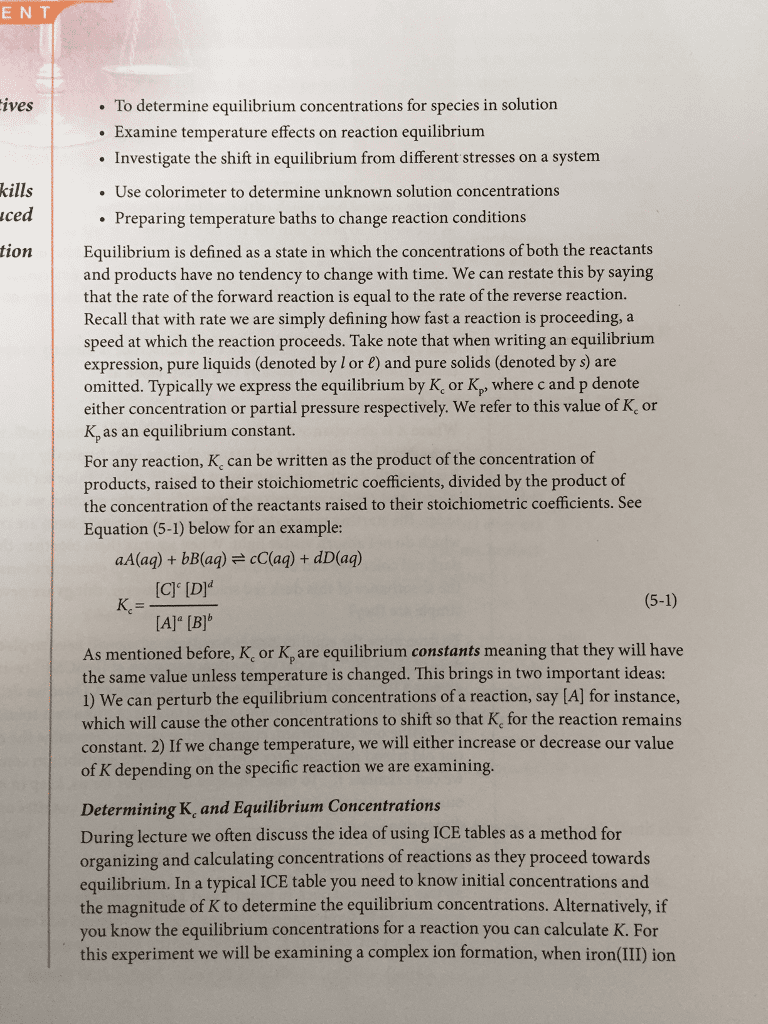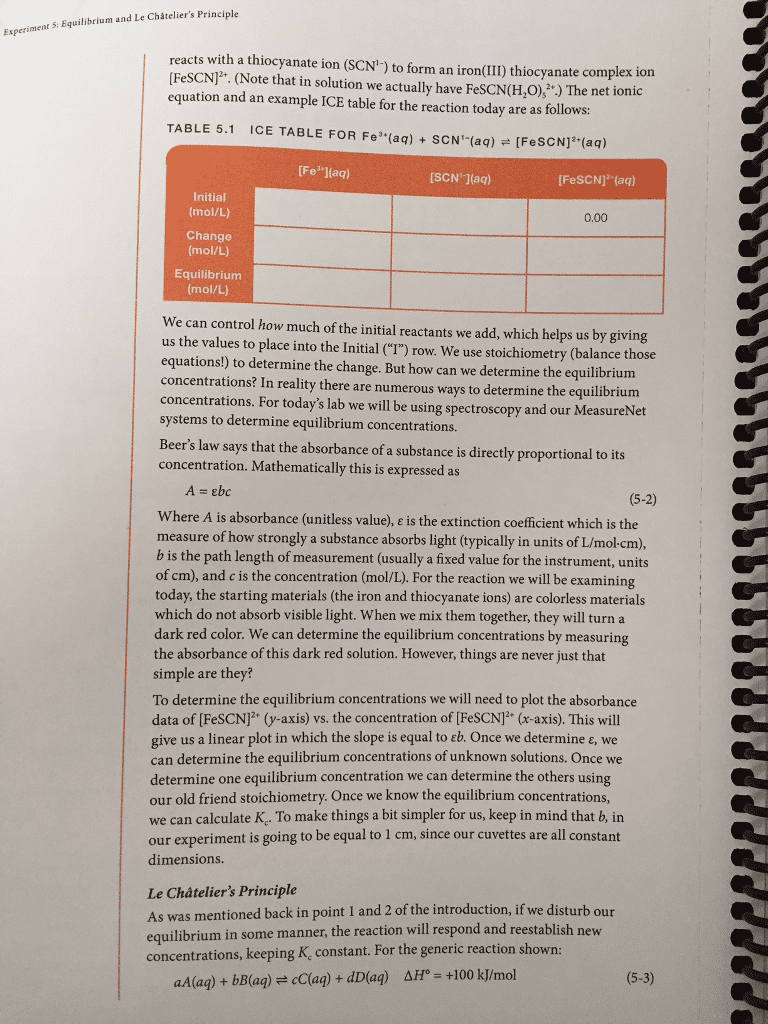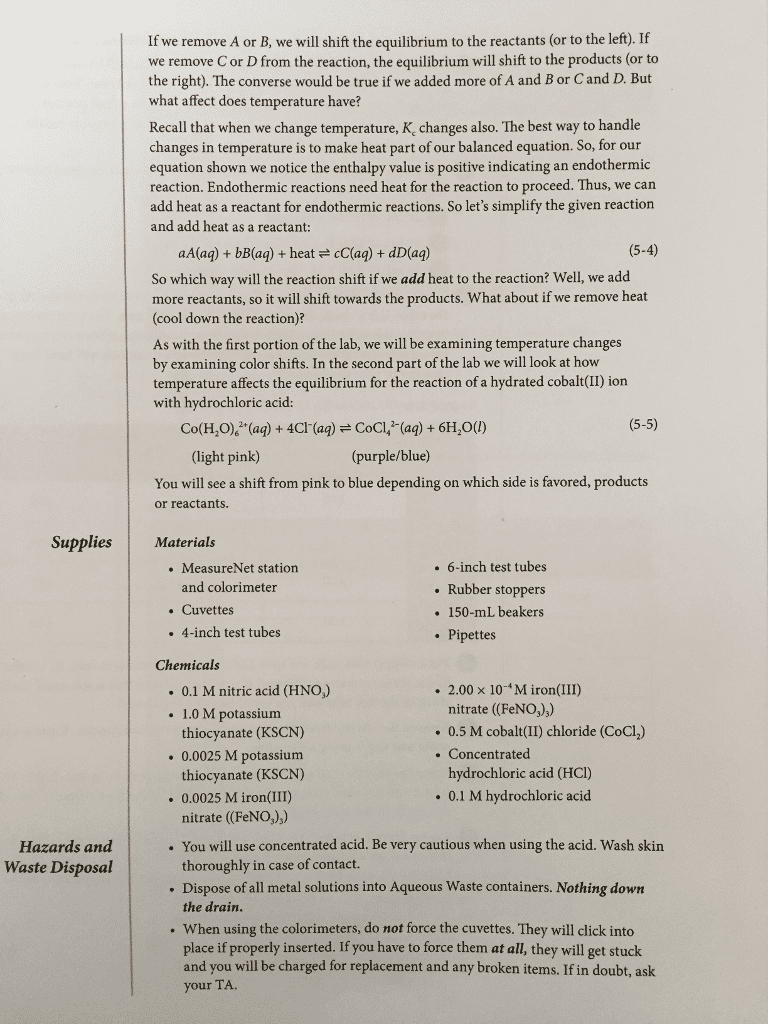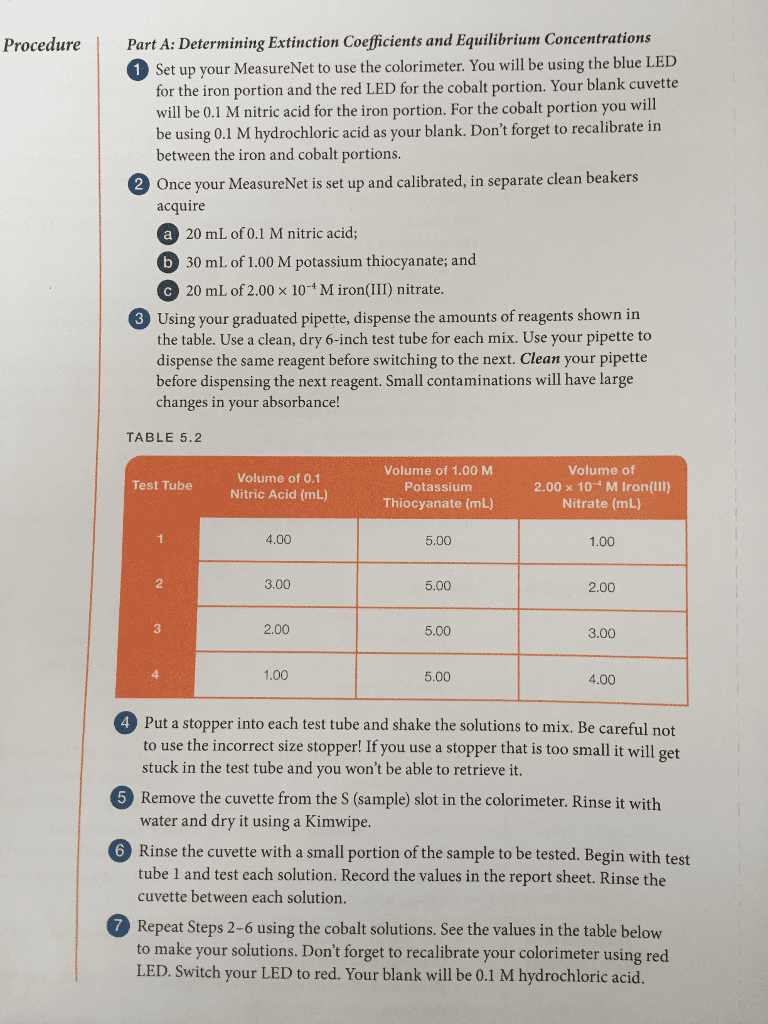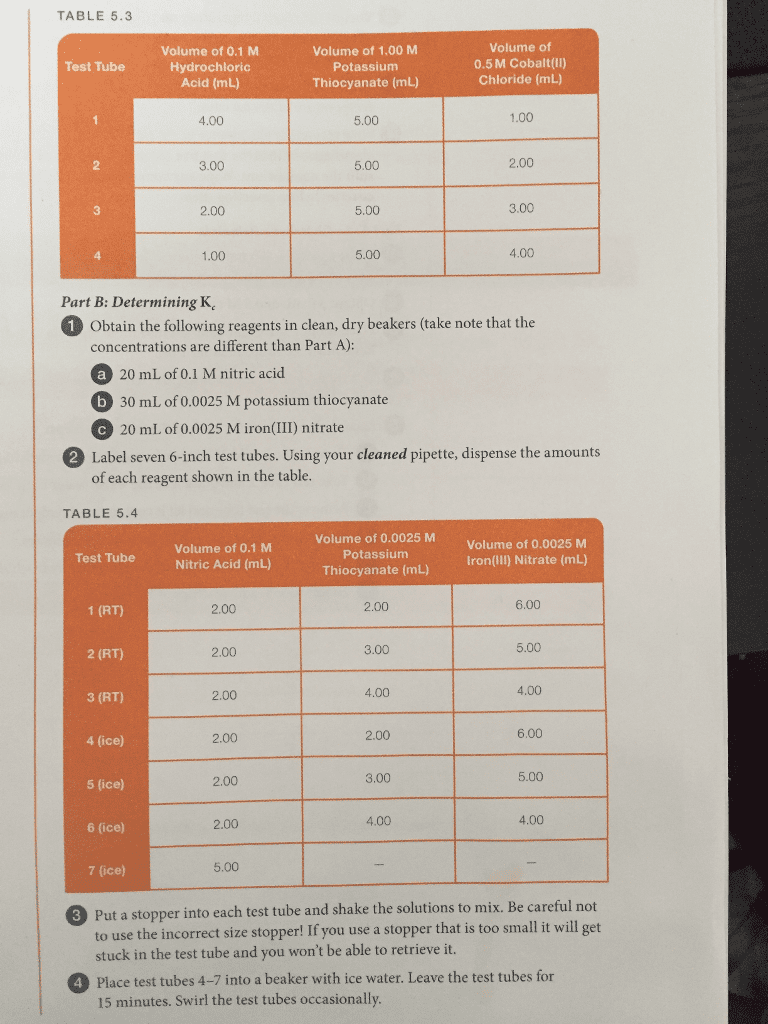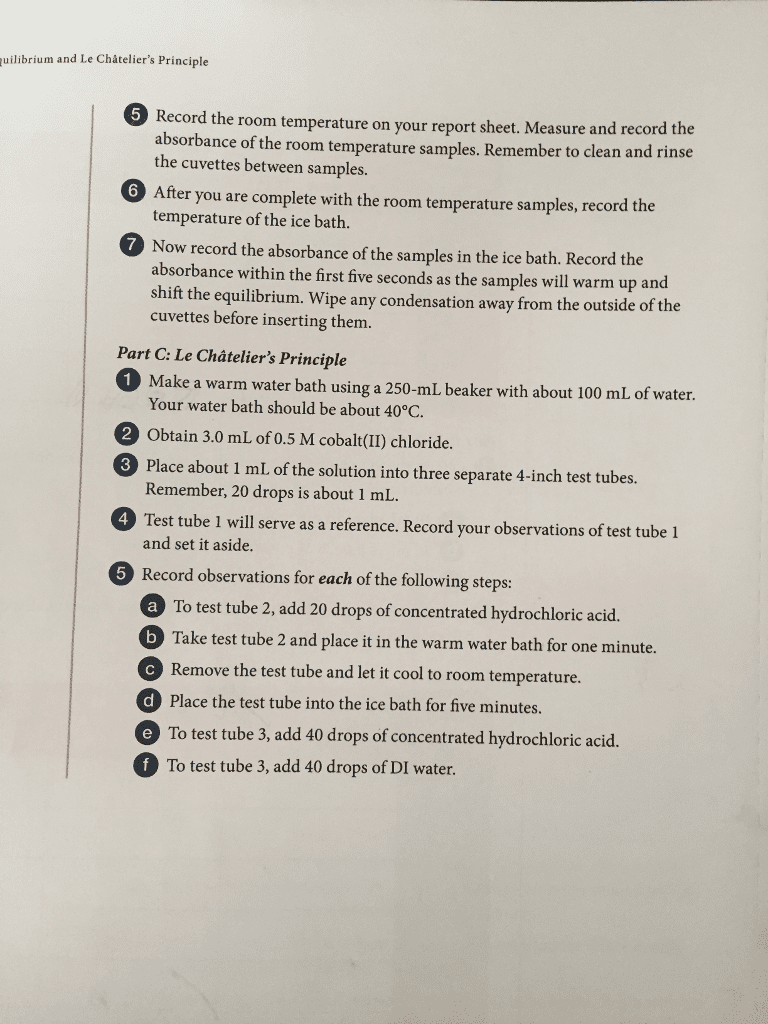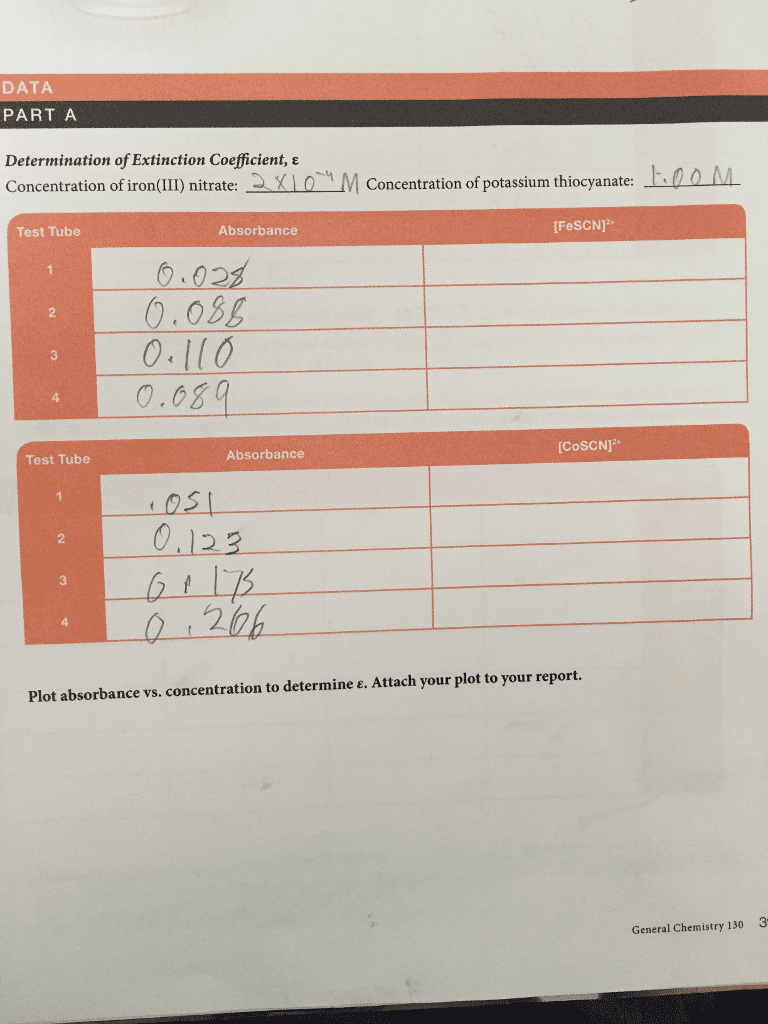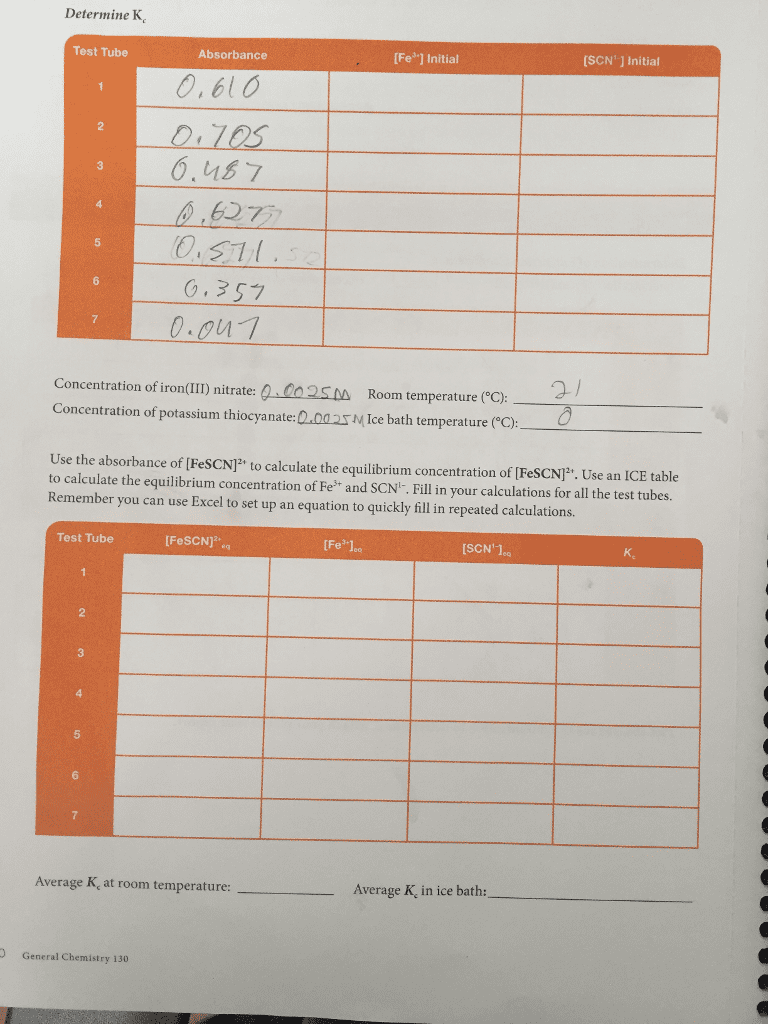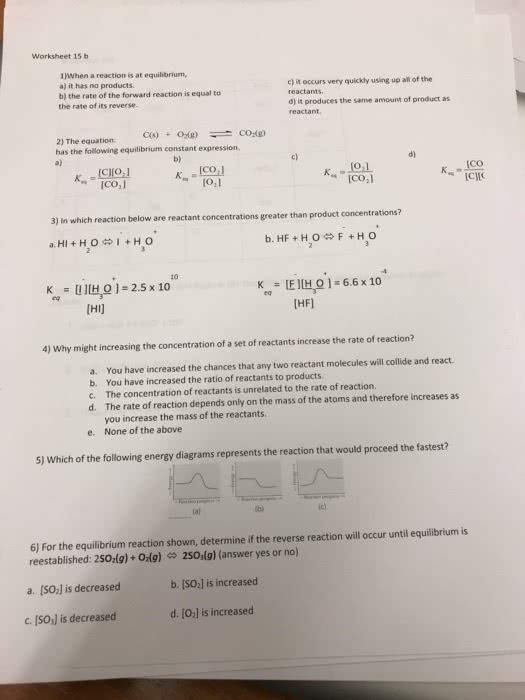Chemistry 1302A/B Study Guide - Final Guide: Equilibrium Constant, Reaction Rate, Supersaturation
Document Summary
The cause of k can be very large or very small. If k is large, there are more products than reactions present at equilibrium, lies to the right. If k is small, there are more reactants than products reactions present at equilibrium, lies to the left. Kp is the equilibrium constant where the amounts of the species involved (gases) are measured as pressure (must be atm for fugacity) Kc is the equilibrium constant where the amounts of the species involved (solutions) are measured in molarity (must be m for activity) Only units of m and atm should be used in calculation of kc and kp. The reaction quotient q can be calculated if the amounts of products and reactants can be determined, this number indicates whether the system is at equilibrium. If q = keq, then the system is at equilibrium. If q < keq, then reaction must proceed in forward direction for equilibrium to be attained.

